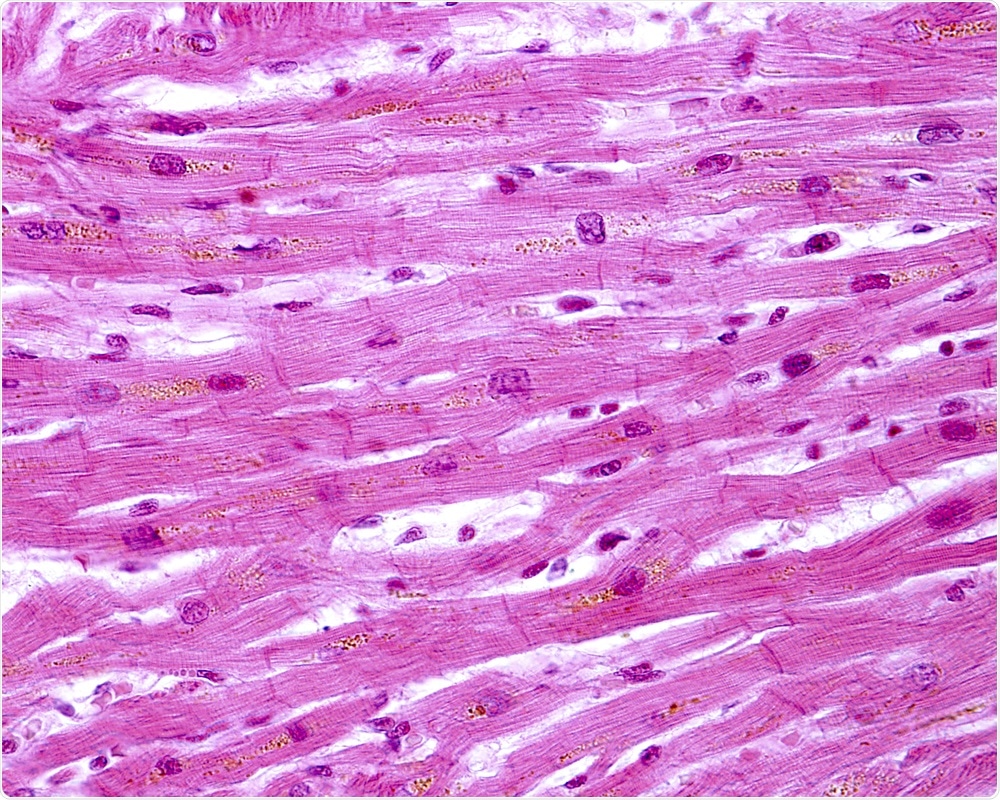The repair of muscles is a complex task. When different types of cells work together to regenerate new tissue, they move around, trying to coordinate with one another.

Image Credit: Jose Luis Calvo/Shutterstock.com
Led by Ben Cosgrove, assistant professor in the Meinig School of Biomedical Engineering, a research team from Cornell University used a new cellular profiling technology to investigate and catalog the activity of any type of cell taking part in muscle repair.
The study findings were compiled into a “cell atlas” of muscle regeneration—one of the most extensive datasets of its kind.
This resource offers a complete idea of the various complex cellular interactions that occur during tissue self-repair and could result in improved rehabilitation strategies and support for patients who are recovering from muscle injuries.
The paper titled “Single-Cell Analysis of the Muscle Stem Cell Hierarchy Identifies Heterotypic Communication Signals Involved in Skeletal Muscle Regeneration” was published in Cell Reports on March 10th, 2020.
Collaborating with Cornell’s Biotechnology Resource Center, Cosgrove used single-cell RNA sequencing to study the gene expression signatures in thousands of individual cells. All of these cells were extracted from the actively regenerating mice muscles, including the rare muscle stem cells that initiate the repair process.
In addition, Cosgrove worked with Iwijn De Vlaminck, the Robert N. Noyce Assistant Professor in Life Science and Technology in the Meinig School of Biomedical Engineering, to employ new algorithms to filter the large collection of molecular information.
Around 35,000 individual cells were profiled and collected by the research team. The result is an atlas that serves as a benchmark technical resource for scientists who intend to study skeletal muscle tissue.
Because we have such a large dataset, it helps us frame a number of hypothesis-driven questions about not only which cells are involved, but how they are communicating with each other. This resource enabled us to ask ‘What molecular signals are one type of cells sending to the other cells within the process of muscle repair?”
Ben Cosgrove, Assistant Professor, Meinig School of Biomedical Engineering, Cornell University
In contrast to a road atlas where spatial coordinates are used, this atlas is more of a “laundry list of the key cell players,” stated Cosgrove, specifying their similarities and differences, with 15 distinctive types of cells in muscle tissue. This collection highlights the extent of heterogeneity found within each cell type, a wider diversity that aided researchers to track the sources of particular molecular differences that might have otherwsie been ignored.
“Because this approach allows us to look closely at one cell at a time, we could consider and evaluate the subtle differences even within a similar group of the same cells,” Cosgrove added.
The atlas has already been used prudently at Cosgrove’s lab to find how a family of proteins known as syndecans plays a central role in empowering muscle stem cells to make a binary choice in the muscle regeneration process. When the stem cells split, they either chose to restore the stem cell population or turn into the mature myofiber cells that replace damaged muscle tissue.
We took this huge atlas and partitioned it down to the stem cells. And then we organized the stem cells in a way that gives us a framework to think about variation and the choices the cells are making.”
Ben Cosgrove, Assistant Professor, Meinig School of Biomedical Engineering, Cornell University
The study outcomes demonstrate that syndecan-related variations may influence the response of muscle stem cells to signals from their adjacent cells and which outcome they choose.
Now that we know more about what is happening in the healthy, normal adult repair process, we can ask ‘How do the cellular players get misallocated and misactivated in the disease settings?”
Ben Cosgrove, Assistant Professor, Meinig School of Biomedical Engineering, Cornell University
At present, Cosgrove and his team work on using this approach to study muscle repair deficiency in muscular dystrophy and aging.
Source:
Journal reference:
De Micheli, A. J., et al. (2020) Single-Cell Analysis of the Muscle Stem Cell Hierarchy Identifies Heterotypic Communication Signals Involved in Skeletal Muscle Regeneration. Cell Reports. doi.org/10.1016/j.celrep.2020.02.067.